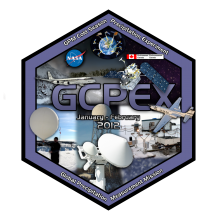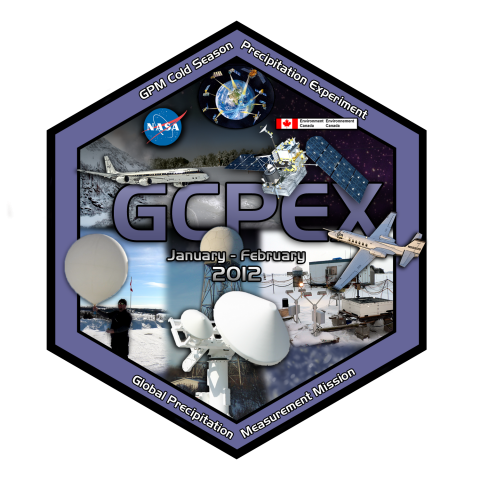The GHRC would like to announce the availability of Open-source Project for a Network Data Access Protocol, OPeNDAP, for our entire RSS Ocean Product Suite which includes data products for the SSMI/SSMIS instruments on the DMSP F08, F10, F11, F13, F14, F15, F16, F17 polar orbiting satellites. OPeNDAP is a data transport architecture and protocol widely used by Earth scientists to access remotely distributed data. OPeNDAP includes standards for encapsulating structured data, annotating the data with attributes and adding semantics that describe the data. Data and metadata hosted through OPeNDAP is available for both interactive browser-based access by users, or through programmatic interfaces allowing applications to access distributed data resources. Access is enhanced by the ability to easily subsample, subset, aggregate and re-format data through interface options. Several existing client applications (e.g. ncBrowse, IDV, Panoply, etc) and software libraries (e.g. netCDF) readily support OPeNDAP data access.
The GHRC OPeNDAP server is available at https://ghrc.nsstc.nasa.gov/opendap/.
Please contact our User Services Office for more information.


 GHRC has published the
GHRC has published the  GHRC has started publishing data from the the GPM Cold-season Precipitation Experiment (GCPEx). The
GHRC has started publishing data from the the GPM Cold-season Precipitation Experiment (GCPEx). The 



